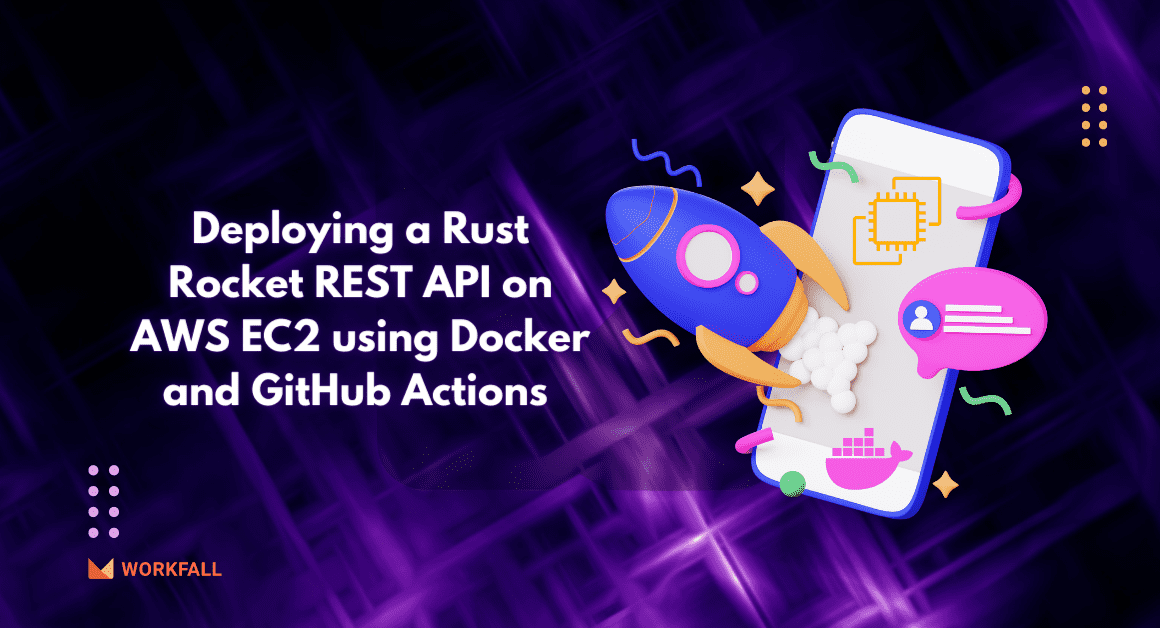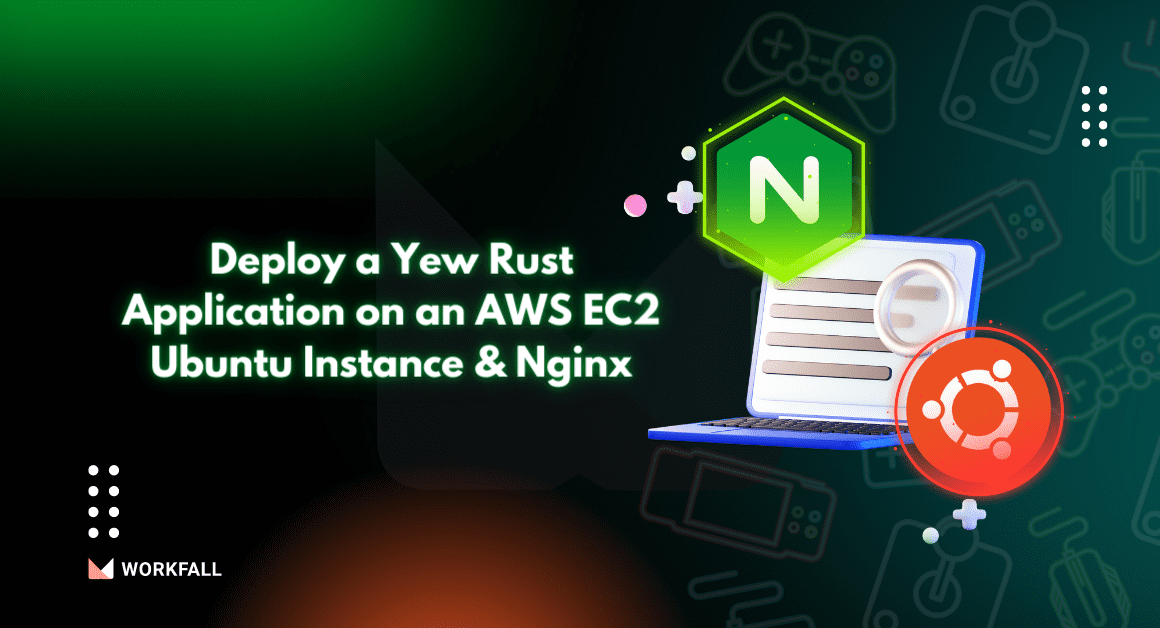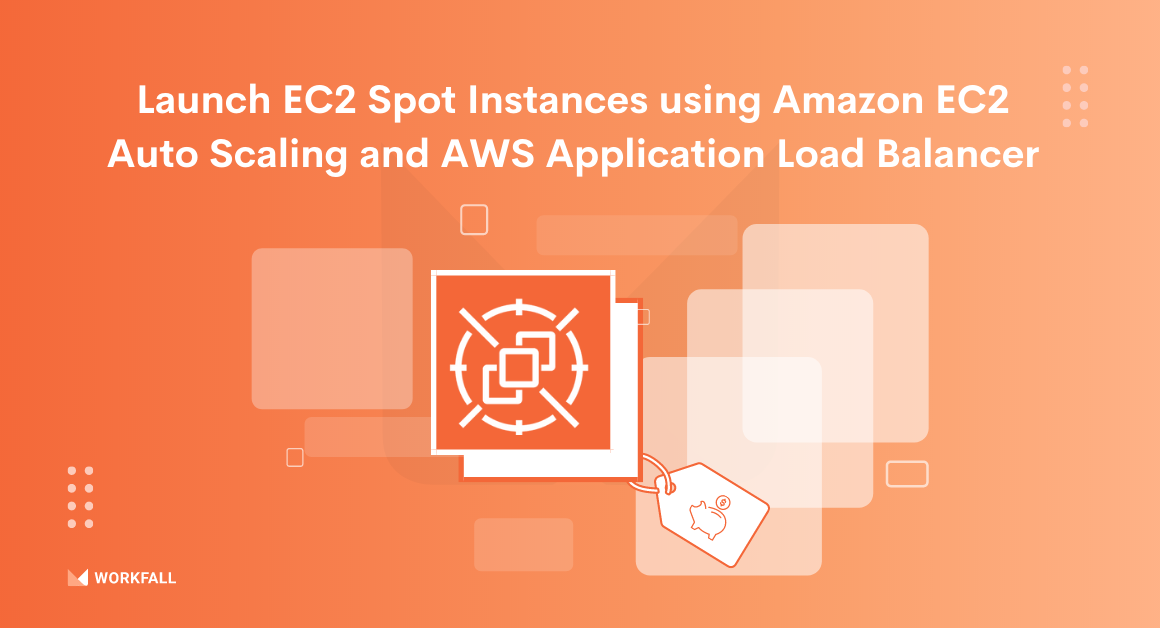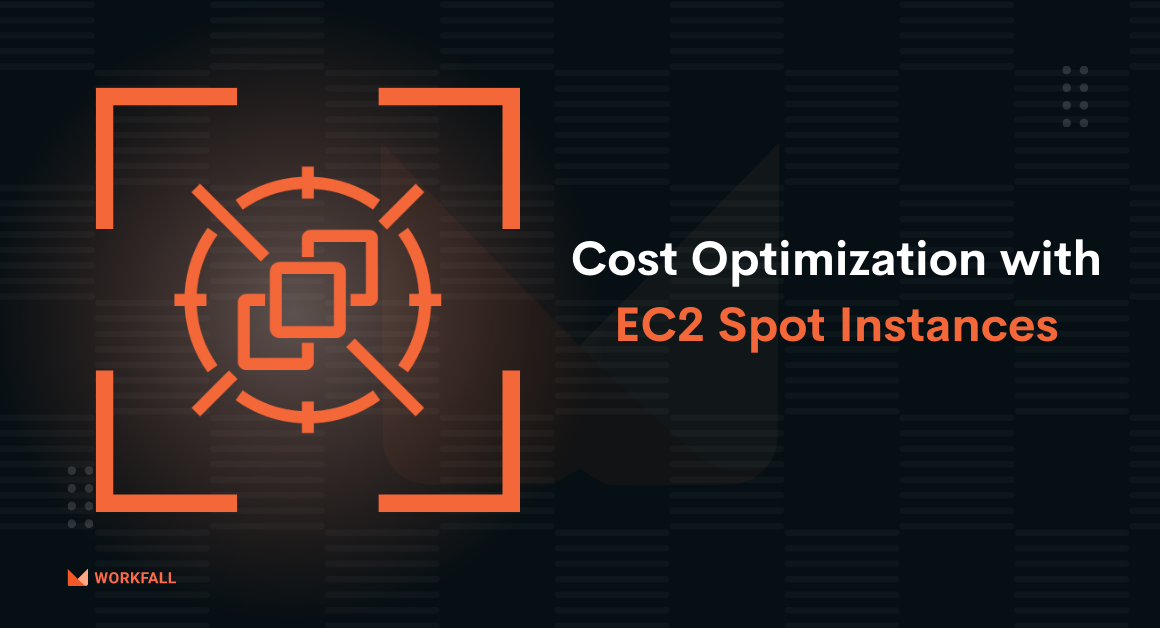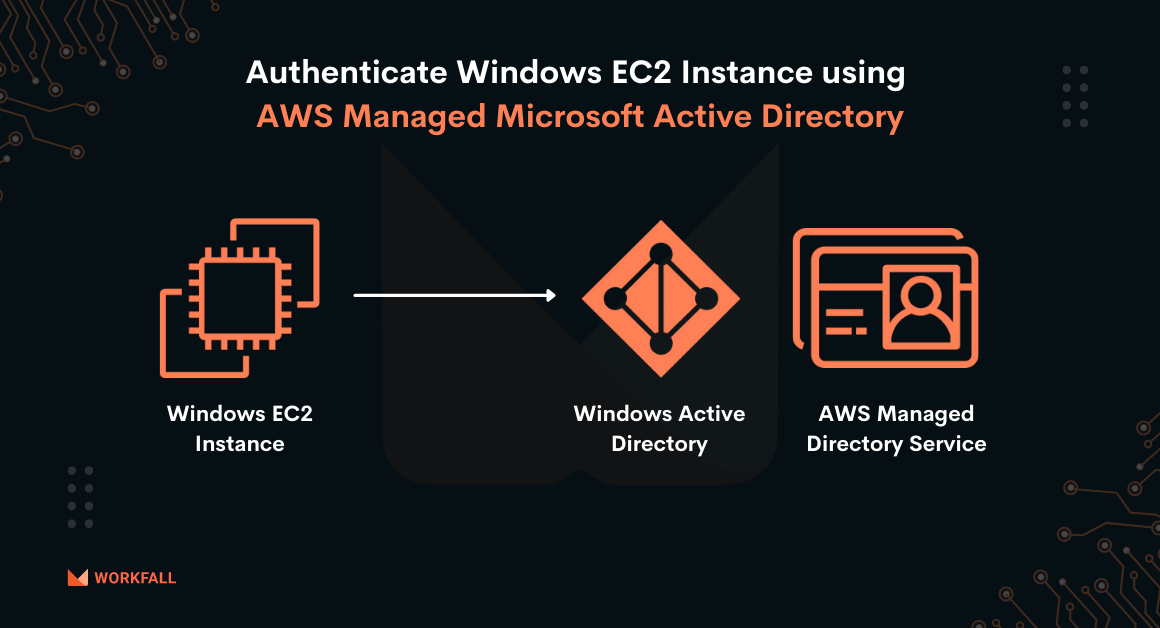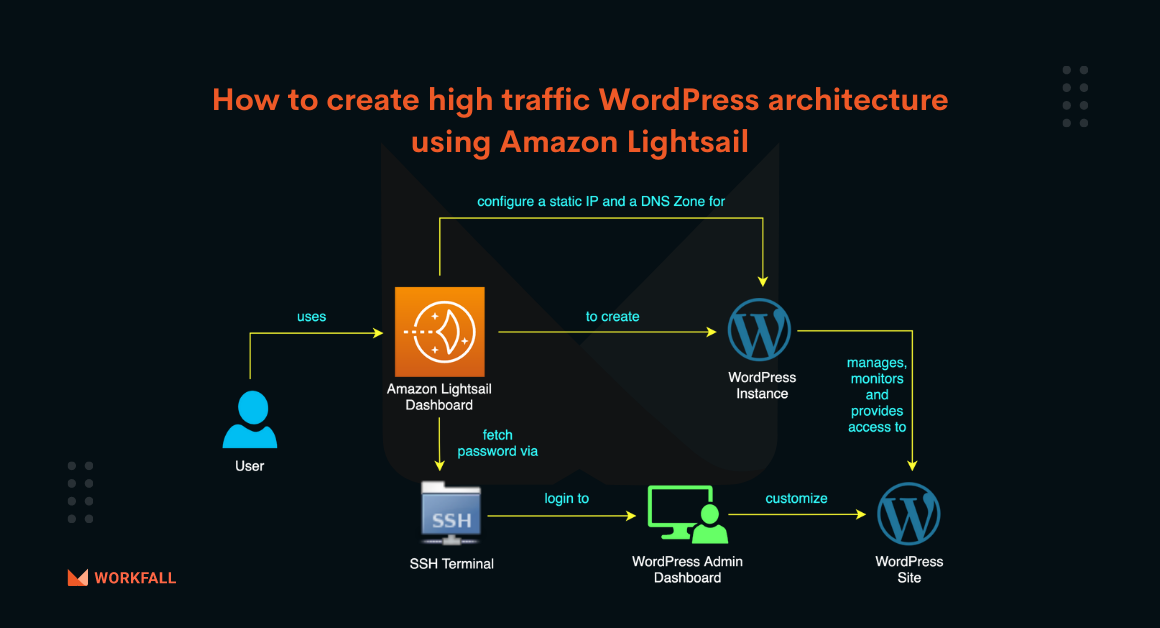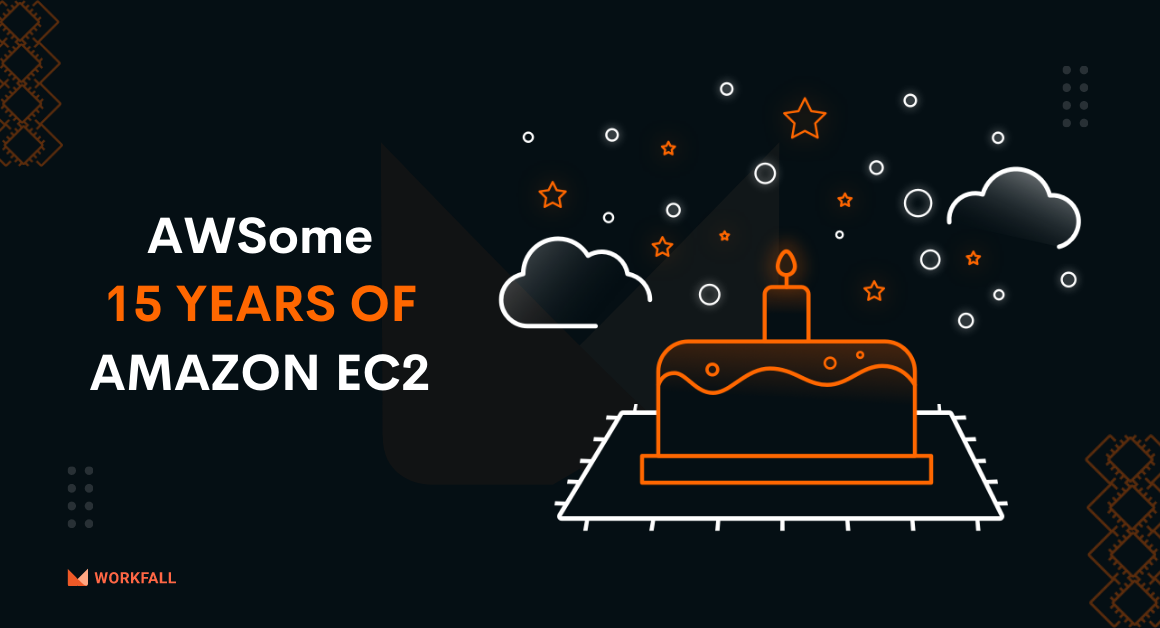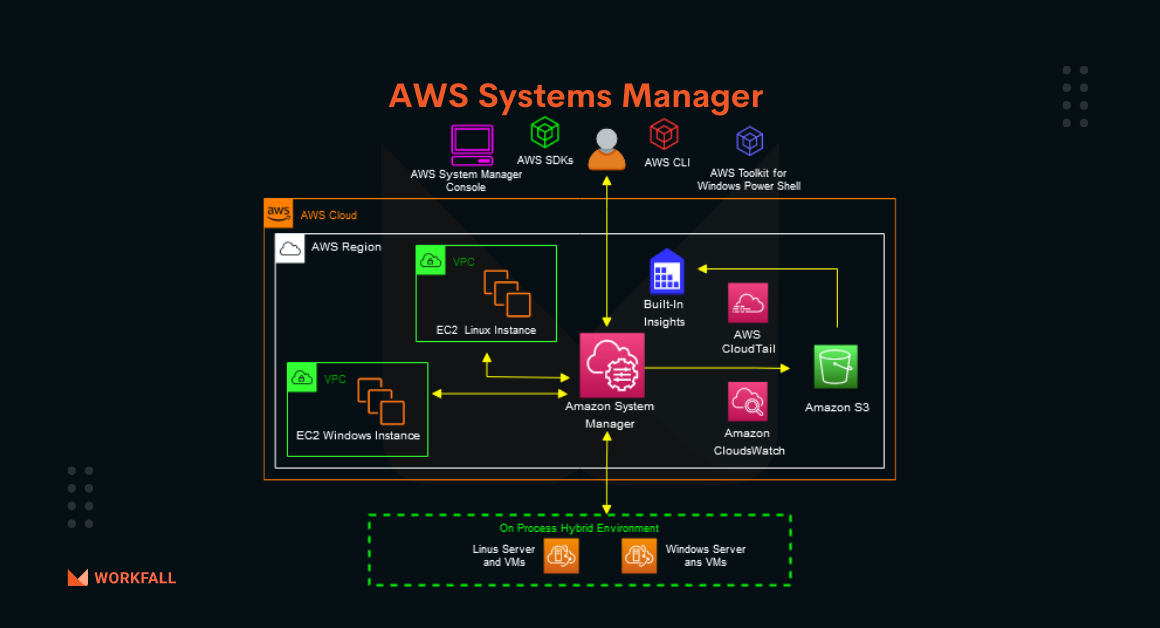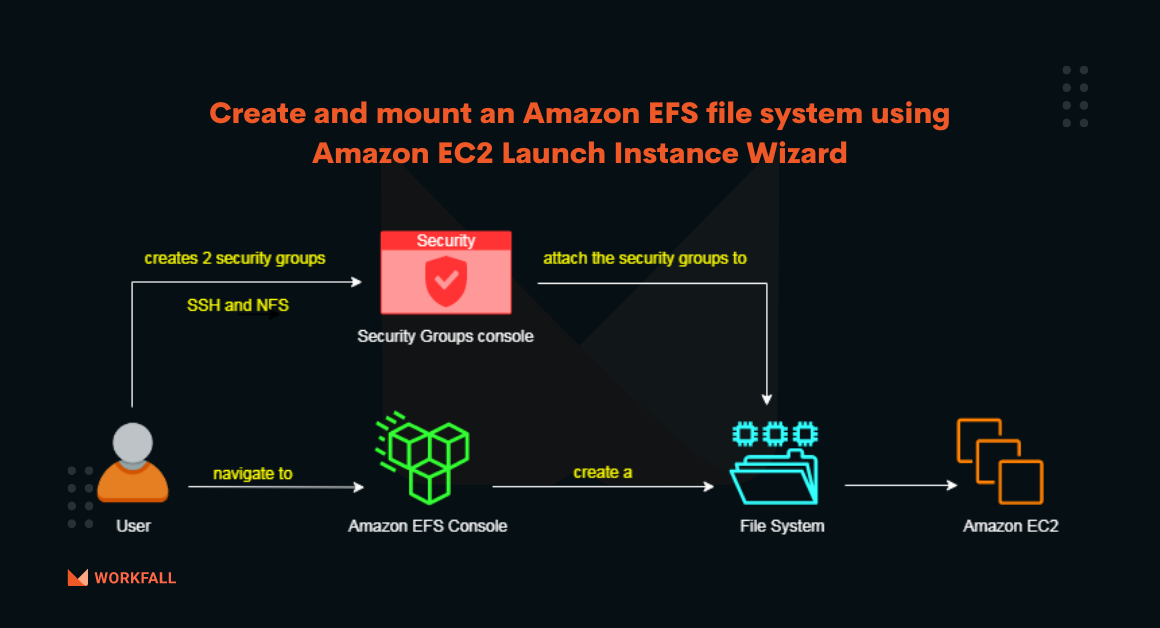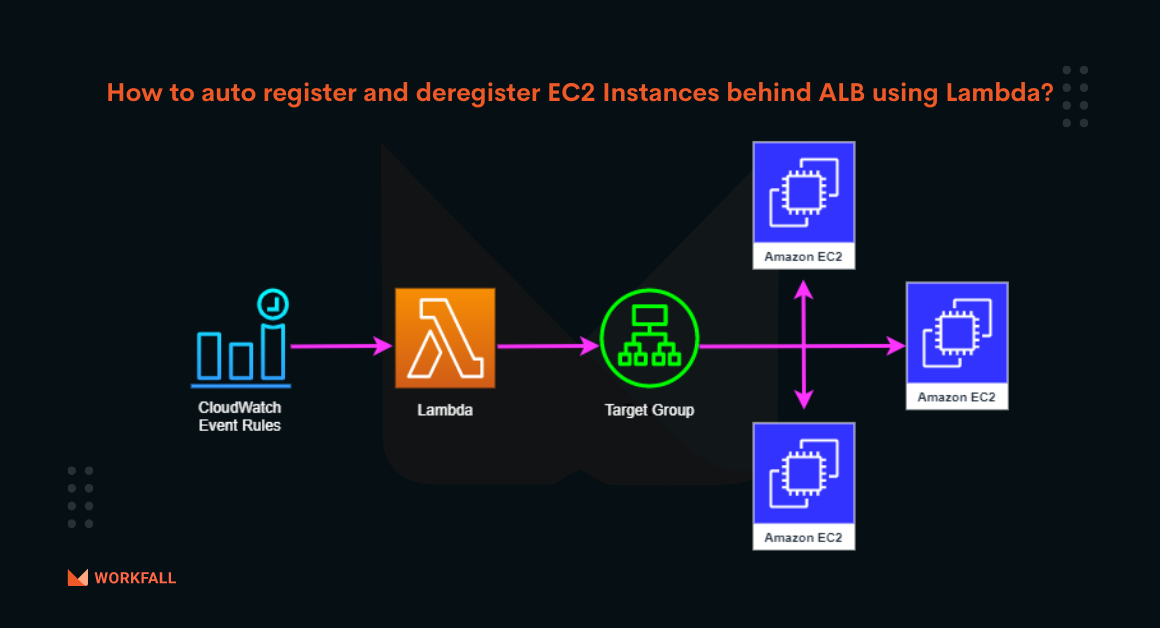Deploying a Rust Rocket REST API on AWS EC2 with Docker and GitHub Actions
Reading Time: 5 minutes When Rust compiles code, you get an executable if you created the application using the –bin command. In this blog, we shall look at how we can create a Dockerfile to create an image with this executable. We shall then deploy this image on EC2 using GitHub Actions which will be set on our repository […]
Deploy a Yew Rust Application on an AWS EC2 Ubuntu Instance & Nginx
Reading Time: 5 minutes After you’ve finished developing your Yew Rust application, it’s time to make it available to your users. It is expected to be placed on a server someplace, either on a Cloud service provider or an on-premises server, for this purpose. This blog will go over how to launch your Yew Rust application on AWS EC2. […]
How to launch EC2 Spot Instances using Amazon EC2 Auto Scaling and AWS Application Load Balancer (Part 2)?
Reading Time: 10 minutes A Spot Instance is a virtual machine that runs on spare EC2 capacity that is offered at a lower price than the On-Demand price. Spot Instances allow you to request unused EC2 instances at great discounts, allowing you to dramatically reduce your Amazon EC2 expenditures. A Spot Instance’s hourly pricing is known as a Spot […]
How to run fault-tolerant workloads for up to 90% off using Amazon EC2 Spot Instances?
Reading Time: 10 minutes Understanding cloud bills and how to get the most out of the budget on AWS is becoming increasingly important as enterprises migrate more applications and services to the cloud and a larger portion of IT budgets is diverted to cloud providers. With specialized tools, economic models, and best practices, AWS cost optimization has become its […]
How to authenticate Windows EC2 Instance using AWS Managed Microsoft Active Directory?
Reading Time: 10 minutes Currently, 95% of enterprises use Active Directory for authentication. Adopting cloud technology successfully necessitates taking into account on-premises IT infrastructure and applications. Active Directory architecture that is both reliable and secure is a vital IT infrastructure basis for businesses that run Windows applications. The directory service can be hosted in the on-premise data centers, but […]
How to create high-traffic WordPress architecture using Amazon Lightsail?
Reading Time: 10 minutes Lightsail is an easy-to-use virtual private server that offers everything which is needed to build a cost-effective website with a monthly plan. This approach is suitable for prototyping and test environments as well for blogs, custom sites, and e-commerce applications. In this blog, you can explore everything about Amazon Lightsail including a business scenario to […]
15 AWSome years of Amazon EC2 and still going strong!
Reading Time: 10 minutes This year marks the 15th anniversary of Amazon EC2(Amazon Elastic Compute Cloud), marking a landmark milestone for both the firm and the computing industry it serves. The EC2 instance is at the heart of the AWS cloud platform, allowing users to rent storage, network connectivity, and computation resources. It’s difficult to conceive a corporate product […]
How to run commands remotely on an EC2 instance using AWS Systems Manager?
Reading Time: 13 minutes If you are a System administrator and assigned a task to upgrade the packages for one application running on an EC2 instance, but due to some security restrictions, you are not permitted to access production instances via SSH or bastion host. In this situation, you can use AWS Systems Manager to remotely run shell scripts […]
How to create and mount an Amazon EFS file system using Amazon EC2 Launch Instance Wizard?
Reading Time: 12 minutes Sizing, configuring, and deploying AWS resources for third-party applications, such as SAP or SQL server is always challenging for you. Are you looking for a wizard who can help you with these challenging tasks? AWS Launch Wizard can help you in simplifying these tasks by offering a guided way of sizing, configuring, and deploying AWS […]
How to auto register and deregister EC2 Instances behind Application Load Balancer (ALB) using Lambda?
Reading Time: 10 minutes Consider that you’re running an eCommerce website that doesn’t have scaling capability in place, and also you’re much aware of the load such as when the load will increase and decrease. You also don’t want to assign a dedicated person to manually add or remove instances behind the load balancer and you want to ensure […]
